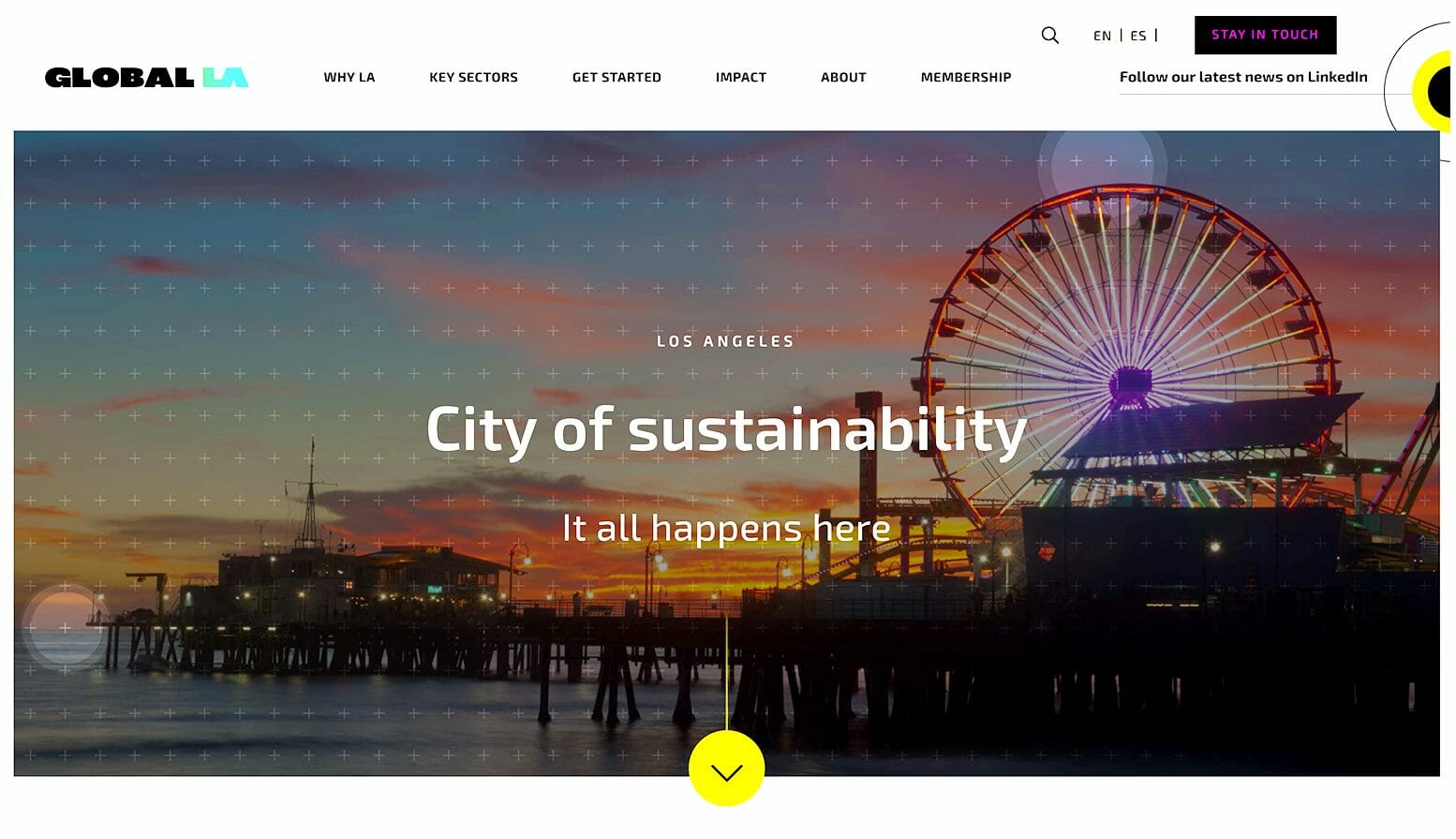26 Apr ‘25
Wix vs Shopify vs WooCommerce: Which One Fits Your Store?
26 Apr ‘25
In: Business, Web Design & Development, / By: Chris Simental
Why Choosing the Right Platform Matters
You’re ready to launch your online store, or maybe take your existing business to the next level. But with so many e-commerce platforms available, how do you know which one is right for you?
The three biggest contenders—Wix vs Shopify vs WooCommerce—each have their own strengths and weaknesses. What works for one business might be completely wrong for another.
This guide breaks down these platforms from a business owner’s perspective, not a developer’s. We’re not here to sell you on one particular solution, but to help you understand which platform aligns with your specific needs and goals.
1. Ease of Use: Getting Set Up Without a Headache
When you’re launching an online store, time is money. How quickly can you get up and running?
Wix offers true drag-and-drop simplicity with built-in templates designed specifically for e-commerce. According to Website Builder Expert, most users can build and launch a basic store in just a few hours with no coding knowledge required.
Shopify streamlines the e-commerce experience with excellent onboarding. While not quite as flexible as Wix’s editor, Shopify’s setup wizard walks you through each step of creating your store, making it accessible even for beginners.
WooCommerce has the steepest learning curve. First, you’ll need to set up WordPress, then install the WooCommerce plugin, choose a theme, and configure your settings. WP Beginner estimates this process takes 1-2 days for beginners, but the payoff is greater control.
Typical Launch Times:
- Wix: 1-2 days for a complete store
- Shopify: 2-3 days for a complete store
- WooCommerce: 3-7 days for a complete store (without developer help)
2. Design & Customization: How Flexible Do You Need to Be?
Your store’s design impacts both customer experience and conversion rates. How much control do you need?
Wix provides easy design tools with over 800 templates, but there are limitations. Once you choose a template, you can’t switch without rebuilding parts of your site. Wix’s App Market offers extensions, but they’re fewer compared to competitors.
Shopify comes with professionally designed themes optimized for sales. According to Shopify’s theme store, they offer 80+ professional themes with multiple variations each. However, significant customization beyond theme options requires either hiring a developer or learning Shopify’s Liquid coding language.
WooCommerce offers virtually unlimited customization potential. With thousands of themes and plugins available, plus complete code access, you can create nearly any design or functionality you can imagine. ThemeForest alone offers over 1,200 WooCommerce-specific themes.
Think of it this way: Wix is like a prefabricated home (quick and easy but limited), Shopify is like a semi-custom build (professional but with certain constraints), and WooCommerce is like building from the ground up (unlimited possibilities but more complex).
3. Selling Tools & Features: What Comes Out of the Box
The tools available directly affect how efficiently you can run your business.
Shopify wins in this category with comprehensive built-in features. According to Ecommerce Guide, Shopify includes inventory management, shipping label creation, tax calculation, discount codes, and multiple payment gateways right out of the box. Their point-of-sale system also allows for seamless in-person selling.
Wix has significantly improved its e-commerce capabilities in recent years, adding features like abandoned cart recovery and product videos. However, PCMag’s review notes that Wix still lags behind for high-volume sellers or stores with complex inventory needs.
WooCommerce offers extensive functionality through its plugin ecosystem. WooCommerce’s extension store features over 400 official extensions for everything from subscriptions to memberships to advanced shipping calculations—but most premium extensions come with additional costs.
For specialized selling needs:
- Digital products: All three handle these well
- Subscriptions: Shopify and WooCommerce excel
- Complex product variations: WooCommerce offers the most flexibility
4. Cost: Not Just Monthly Fees—Think Total Cost
Understanding the true cost of your e-commerce platform requires looking beyond the advertised price.
Wix starts at $27/month for their Business Basic plan, which includes all essential e-commerce features. According to Wix’s pricing page, you’ll pay zero transaction fees beyond your payment processor’s fees.
Shopify’s basic plan starts at $29/month. However, Shopify’s pricing structure includes transaction fees of 2% if you don’t use Shopify Payments. Add-on apps for additional functionality can quickly add $50-200/month to your costs.
WooCommerce is a free plugin, but that doesn’t mean it’s free to run. You’ll need:
- WordPress hosting: $5-$100/month (depending on traffic)
- Domain name: ~$15/year
- Premium theme: $59-$299 (one-time)
- Essential extensions: $0-$300+/year
- Potential developer costs: $50-$100/hour
WP Engine’s WooCommerce hosting starts at $30/month and includes performance optimizations for e-commerce sites.
For a small business with moderate traffic, expect annual costs of approximately:
- Wix: $324-$588/year
- Shopify: $348-$948/year (including 2-3 essential apps)
- WooCommerce: $350-$1,500/year (depending on hosting and extensions)
5. Scalability: Will It Grow With You?
As your business expands, your e-commerce platform needs to keep pace.
Wix works well for small to medium-sized businesses with straightforward selling needs. However, performance can suffer with very large inventories (1,000+ products) or high traffic volumes. Wix’s enterprise solution offers more resources but still has limitations for complex e-commerce operations.
Shopify is designed to scale smoothly. From startup to enterprise, the platform can handle significant growth. According to Shopify’s own statistics, they power over 4 million stores worldwide, including major brands processing thousands of orders per minute. For enterprise needs, Shopify Plus starts at $2,000/month but includes advanced features like higher API limits and dedicated support.
WooCommerce has virtually unlimited scaling potential—if you have the technical resources. Automattic’s case studies showcase WooCommerce stores handling millions in annual revenue. The key is having proper hosting and optimization; as your store grows, you’ll likely need a developer or team to maintain performance.
For international expansion, both Shopify and WooCommerce offer robust multi-currency and language options, while Wix’s international selling features are more limited.
6. SEO, Speed, and Marketing: Getting Found Online
Visibility in search engines can make or break an online store.
Wix has significantly improved its SEO capabilities in recent years. According to Ahrefs’ research, Wix sites can rank well in Google with proper optimization. However, you’ll still face some limitations with URL structures and technical SEO controls.
Shopify provides solid SEO tools and naturally fast performance. Shopify’s SEO features include customizable title tags, meta descriptions, and URLs. The platform also offers built-in blog functionality and integrates with Google Shopping. One limitation: Shopify creates duplicate URLs for products in multiple collections.
WooCommerce gives the most control over SEO when paired with plugins like Yoast SEO or Rank Math. With complete access to your site’s code, you can implement advanced SEO techniques that may be impossible on the other platforms. The trade-off is that you’re also responsible for maintaining site speed and technical SEO best practices.
For marketing capabilities:
- Email marketing: All three integrate with major providers; Shopify’s built-in email is most seamless
- Abandoned cart recovery: Standard on Shopify, available on higher Wix plans, requires plugins on WooCommerce
- Social selling: Shopify offers the most comprehensive native integrations
7. AI & Automation Tools: How Smart Are These Platforms?
In today’s competitive landscape, AI and automation can give your store a significant edge.
Wix offers AI site builder (ADI) that can generate a basic store layout based on your answers to a few questions. The platform also includes some basic automation for emails and simple tasks. Wix’s AI features focus primarily on setup rather than ongoing operations.
Shopify excels with AI-powered product recommendations, demand forecasting, and customer insights. According to Shopify’s blog, their AI tools can increase conversion rates by up to 15%. Their app store also features numerous AI tools from third parties for everything from chatbots to inventory optimization.
WooCommerce offers the most flexibility for implementing custom AI solutions through plugins and integrations. Tools like Jetpack AI or AI Engine can be added to enhance your store with sophisticated features like AI product descriptions or automated customer service.
For a small business owner, these tools can significantly reduce workload through:
- Automated inventory management
- Personalized product recommendations
- Smart pricing optimization
- Intelligent customer support
8. Support & Community: Who Has Your Back?
When problems arise, how quickly can you get help?
Wix provides direct support through their helpdesk, with 24/7 callback service on business plans. However, as noted by Website Tool Tester, their support team isn’t always specialized in complex e-commerce issues.
Shopify offers excellent 24/7 support via chat, email, and phone. Their support team specializes in e-commerce and can help with both technical and business questions. The Shopify Community forum provides peer assistance, while their extensive partner network offers expert help when needed.
WooCommerce relies primarily on community-based support. While WooCommerce documentation is comprehensive, direct support from the WooCommerce team is limited to their premium extensions. The broader WordPress community offers countless resources, but finding the right solution can take time.
For ongoing support, many businesses eventually partner with:
- Wix Partners: $50-$100/hour
- Shopify Experts: $75-$150/hour
- WooCommerce/WordPress Developers: $50-$150/hour
Final Comparison Table
| Feature | Wix | Shopify | WooCommerce |
|---|---|---|---|
| Ease of Use | ★★★★★ | ★★★★☆ | ★★★☆☆ |
| Design Flexibility | ★★★☆☆ | ★★★★☆ | ★★★★★ |
| Built-in Features | ★★★☆☆ | ★★★★★ | ★★★☆☆ |
| Cost | $27-49/mo | $29-299/mo | $20-100+/mo |
| Scalability | ★★★☆☆ | ★★★★★ | ★★★★★ |
| SEO Capabilities | ★★★★☆ | ★★★★☆ | ★★★★★ |
| AI & Automation | ★★★☆☆ | ★★★★★ | ★★★★☆ |
| Support | ★★★★☆ | ★★★★★ | ★★★☆☆ |
Conclusion: Wix vs Shopify vs WooCommerce – Which One’s Right for You?
There’s no one-size-fits-all solution when it comes to e-commerce platforms. Your choice should align with your specific business needs, technical comfort level, and growth plans.
Choose Wix if: You want a fast, easy setup with minimal technical hassle and have a relatively simple product catalog. It’s perfect for small businesses just getting started online.
Choose Shopify if: You’re serious about e-commerce growth and want a platform that can scale with you while providing excellent built-in tools and support. It’s ideal for dedicated online retailers.
Choose WooCommerce if: You value complete control and flexibility, have unique requirements, or already use WordPress. It’s best for technically confident users or those working with a developer.
Still unsure? Let’s talk through your goals and see which platform fits your business best. Contact us for a free consultation, and we’ll help you make the right choice for your unique situation.

Chris Simental is a creative problem-solver, tech strategist, and co-founder of RIPE, a digital agency helping mission-driven organizations streamline their workflows, optimize their websites, and make technology work for them—not against them. With nearly two decades of experience working with brands like Disney, CBS, Toyota, and American Express, he specializes in web design, UX, and automation. When he’s not tackling complex digital challenges, he’s brewing award-winning beer, making music, or reminiscing about his days as a ranch hand.















